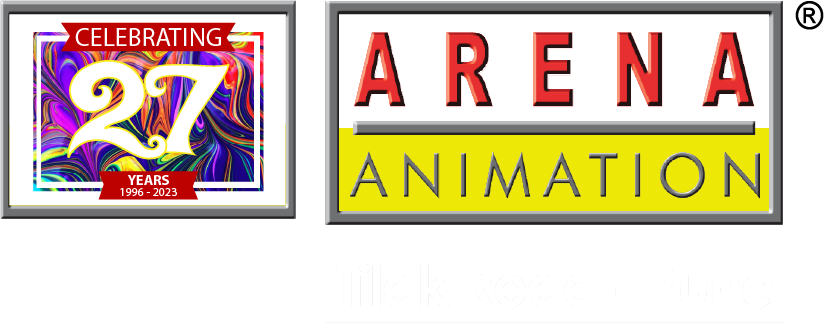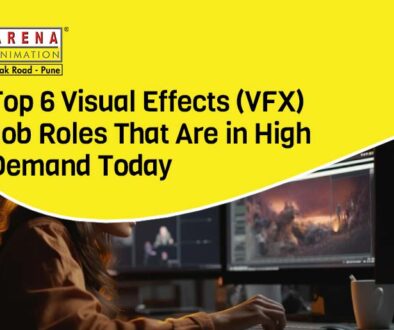Blue Screen vs. Green Screen
When it comes to creating special effects in film and video production, two of the most common tools are blue screens and green screens. But which one should you use for your project? In this blog post, we’ll compare
blue screens and green screens and help you decide which one is right for your needs.
Blue Screen:
Uses a bright blue backdrop.
Often used for outdoor scenes or when the subject contains a lot of blue, like oceans or skies.
It requires a well-lit and even blue screen to achieve effective keying.
Sometimes used in conjunction with red or orange clothing and props since those colors contrast well with blue.
Blue screens can be more challenging for keying in certain situations, especially if there’s a blue spill on the subject.
Green Screen:
Uses a bright green backdrop.
It is commonly used for indoor or studio scenes and is the most popular choice in the industry.
It provides a cleaner and more consistent key, as green is less likely to spill onto the subject’s skin or clothing.
It works well for subjects wearing blue or green clothing, as it reduces the chance of those colors disappearing during keying.
In most cases, green screens are easier to key, resulting in smoother and more precise composition.
What are Blue Screens and Green Screens?
Blue screens and Green screens are both types of backdrop used in film and video production. They are typically made of fabric or paper and are designed to be easily removed from the footage in post-production.
The idea behind using a blue screen or green screen is to create a uniform background that can easily be replaced with a different image or video. For example, if you’re filming a scene in front of a blue screen, you can replace the blue background with a background of your choice in post-production.
Blue Screens vs. Green Screens: Pros and Cons
Both
blue screens and green screens have their advantages and disadvantages. Here are some things to consider when choosing which one to use:
Blue Screens:
Pros:
- Blue screens are less common in nature, so you’re less likely to have color conflicts with costumes or props.
- Blue screens can be more forgiving when it comes to lighting, as blue is a darker color than green.
- Blue screens are better at capturing motion blur, making them a good choice for fast-paced action scenes.
Cons:
- Blue screens can be harder to key out in post-production, as blue is a common color in clothing and other objects.
- Blue screens can sometimes cause a color spill, which is when the blue color reflects onto the actors or objects in front of the screen.
Green Screens:
Pros:
- Green screens are the most common color used in film and video production, so most props and costumes are designed with them in mind.
- Green screens are easier to key out in post-production, as green is not a common color in clothing or other objects.
- Green screens are less likely to cause a color spill.
Cons:
- Green screens can be more challenging to light properly, as green is a brighter color than blue.
- Green screens are not as good at capturing motion blur as blue screens.
Which One Should You Use?
Ultimately, the decision to use a blue screen or a green screen comes down to the specific needs of your project. If you’re filming a scene with a lot of blue objects or clothing, a green screen may be a better choice. If you’re filming a fast-paced action scene, a blue screen may be more effective at capturing motion blur.
In general, if you’re not sure which one to use, it’s best to do some test shots with both colors and see which one gives you the best results. It’s also important to keep in mind that proper lighting and camera settings are crucial for a successful
green screen or blue screenshot.
Animation and VFX colleges in Pune
Animation courses in Pune are created in the most modern and efficient manner possible. Students are exposed to real-world assignments, competitive challenges, and pressure to produce their best work.
Everyone wants to receive their education from the top institutions, but making a decision can be challenging when taking into account numerous criteria, including expense, placement, employment chances, PayScale, offered internship programs, and the list goes on. The answer to your questions is
Arena Animation in Tilak Road, Pune. Your career can reach new heights thanks to their cutting-edge teaching methods and a team of qualified professionals.
Conclusion
Blue screens and green screens are both powerful tools for creating special effects in film and video production. By understanding the pros and cons of each, you can make an informed decision about which one to use for your project. With the right technique and equipment, you can create stunning visual effects that will bring your project to life.


